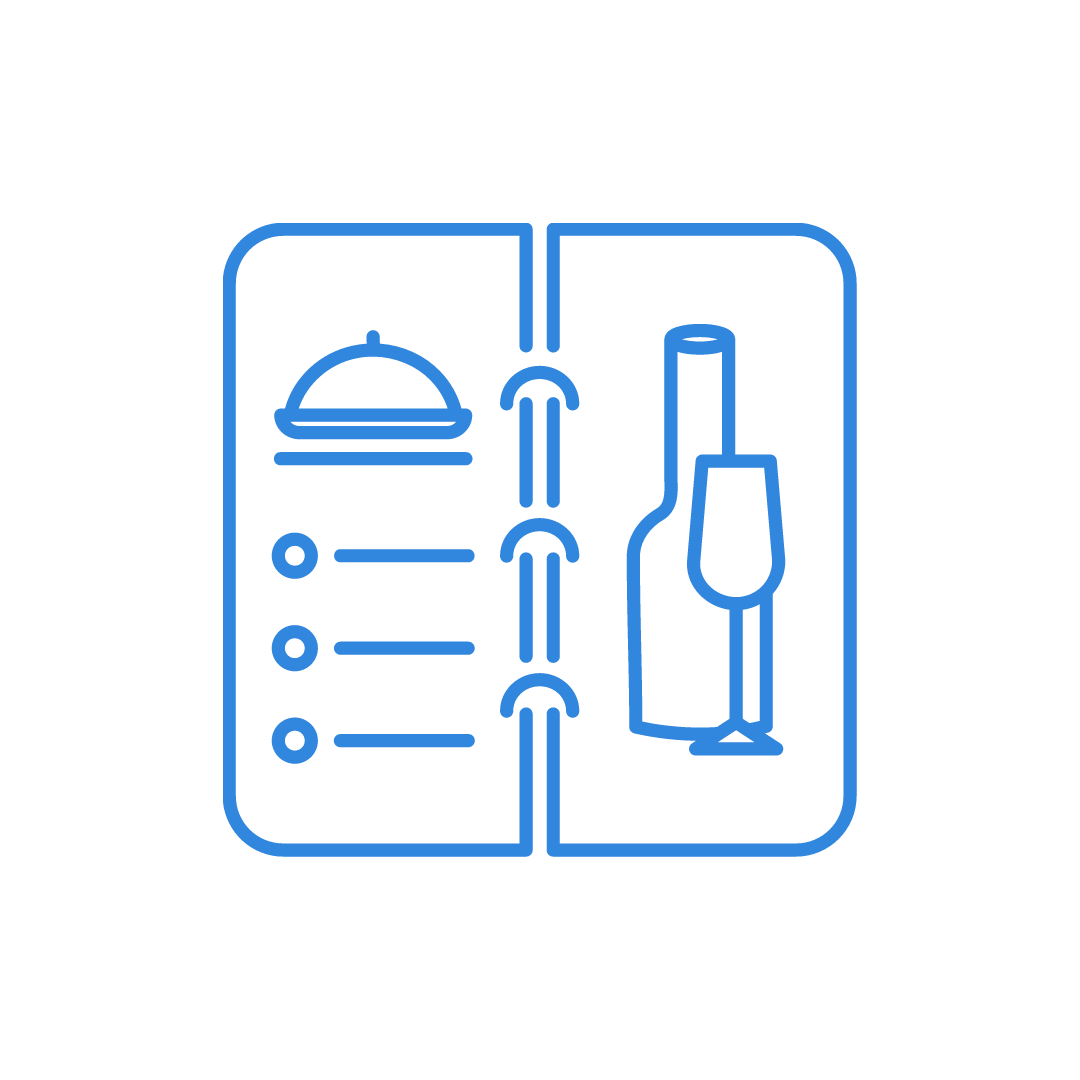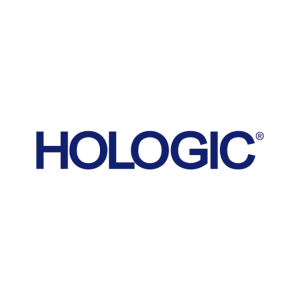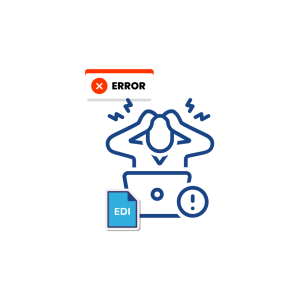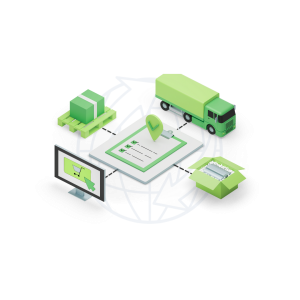Introduction
Before we get started to understand how EDI is used in the food and beverage industry?
it’s important to understand how the supply chain in the food and beverage industry works?
It involves the movement of raw materials, ingredients, and finished products from producers to manufacturers, distributors, and ultimately, to consumers. The supply chain can be complex, involving multiple stakeholders and processes, including sourcing, production, storage, transportation, and distribution.
Supply chain management is critical for ensuring the safety and quality of products, as well as for meeting the demand of consumers. It is also important for managing costs and maximizing efficiency.
To optimize their supply chain, companies may use various tools and technologies, such as inventory management systems, transportation management systems, and demand forecasting tools. They may also adopt supply chain best practices, such as implementing lean manufacturing techniques, using just-in-time (JIT) inventory systems, and adopting a collaborative approach to working with suppliers and other stakeholders
How EDI is Used in the Food and Beverage Industry?
EDI in the Food and Beverage Industry is one of the most commonly used technologies in the food and beverage industry for exchanging a variety of documents, including orders, invoices, shipping notices, and product information.
Using EDI can improve the efficiency of business processes and reduce the risk of errors in the exchange of information. For example, EDI can be used to automatically place orders with suppliers, track shipments, and manage inventory. This can help food and beverage companies to reduce costs and improve their supply chain management.
In addition to using EDI to exchange information with suppliers and other business partners, food and beverage companies may also use EDI to communicate with government agencies and regulatory bodies. For example, EDI can be used to transmit food safety reports or to meet requirements for traceability and product recall.
How EDI is Used in the Food and Beverage Industry by Various Supply Chain Solutions?
1. Inventory Management
2. Supply Chain Visibility
3. Transportation Management
4. Demand Forecasting
5. Collaboration and Communication
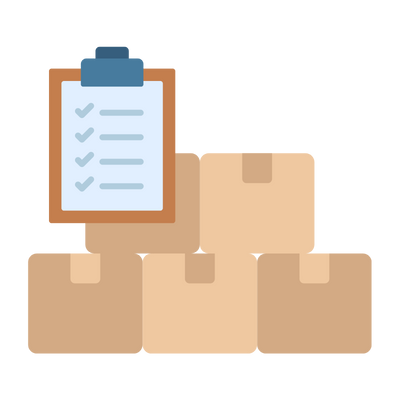
1. Inventory Management
Automated inventory management systems can help food and beverage companies to track and manage their inventory in real time, ensuring that they have the right products in stock at the right time\
it can help to minimize the costs associated with holding too much or too little inventory, such as storage costs or lost sales. It can also help businesses to reduce waste and improve efficiency by ensuring that inventory is used efficiently and effectively.
There are several key strategies that businesses can use to manage their inventory, including:
- Just-in-time (JIT) inventory: This involves keeping only the minimum amount of inventory needed to meet demand, and ordering more as needed. This can help to reduce storage costs and minimize the risk of holding excess inventory.
- Economic order quantity (EOQ): This involves determining the optimal order size for inventory based on factors such as the cost of placing an order, the cost of holding inventory, and the demand for the product.
- Safety stock: This is a buffer of inventory that is kept on hand to ensure that the business can meet demand even if there are unexpected delays in the supply chain.
- Inventory turnover: This is a measure of how quickly a business is selling its inventory. A high inventory turnover can indicate that the business is effectively managing its inventory and meeting customer demand.
- Inventory accuracy: This involves accurately tracking and counting the inventory that a business has on hand, to ensure that it has accurate data on which to base its inventory management decisions.
Order Processing
EDI facilitates the electronic exchange of purchase orders, invoices, and other related documents between trading partners, ensuring accurate and timely transactions.
Inventory Tracking:
Through EDI, businesses can receive real-time updates on inventory levels, helping them to optimize stock levels, reduce excess inventory, and minimize stockouts.
2. Supply Chain Visibility
Supply chain visibility solutions can provide real-time tracking and visibility of shipments, enabling food and beverage companies to quickly identify and resolve any issues that may arise
There are several ways that businesses can improve supply chain visibility, including:
- Implementing real-time tracking and monitoring systems: This can involve using technologies such as RFID (radio-frequency identification) tags, GPS tracking, and sensors to track the movement of goods and materials in real-time.
- Standardizing data and communication: By using standardized data formats and communication protocols, businesses can ensure that they have a consistent and accurate view of their supply chain.
- Collaborating with partners: By working closely with suppliers, manufacturers, and other partners in the supply chain, businesses can gain a more comprehensive view of their supply chain.
- Using analytics and artificial intelligence: By analyzing data from various sources, businesses can gain insights into their supply chain and identify opportunities for improvement.
Real-Time Data Exchange
EDI enables the seamless exchange of data between suppliers, manufacturers, distributors, and retailers, providing stakeholders with visibility into the movement of goods throughout the supply chain.
Event Notification
EDI can be used to send automated notifications regarding order status, shipment tracking, and delivery confirmation, allowing stakeholders to proactively address any issues or delays.
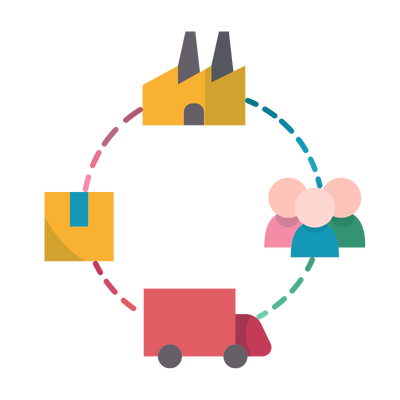

3. Transportation Management
Transportation management systems can help food and beverage companies to optimize their shipping routes and reduce costs by finding the most efficient and cost-effective carriers.
There are several key tasks involved in transportation management, including:
- Route planning: This involves determining the most efficient and cost-effective route for transporting goods from one location to another.
- Capacity planning: This involves determining the amount of capacity needed to transport goods and ensuring that there is enough capacity available to meet demand.
- Freight management: This involves coordinating the movement of goods by road, rail, air, or sea, and managing the associated logistics, such as customs clearance and documentation.
- Mode selection: This involves deciding which mode of transportation to use for a particular shipment, based on factors such as cost, speed, and reliability.
- Carrier selection: This involves selecting the most suitable carrier to transport goods based on factors such as cost, reliability, and capacity.
Shipping Documentation
EDI simplifies the process of generating and transmitting shipping documents, such as bills of lading and shipping notices, reducing paperwork and manual errors.
Carrier Integration
By integrating with transportation management systems (TMS) and carrier platforms, EDI facilitates seamless communication between shippers and carriers, enabling efficient freight booking, scheduling, and tracking.
4. Demand Forecasting
Demand forecasting solutions can help food and beverage companies to predict future demand for their products and adjust their production and inventory levels accordingly.
There are several methods that businesses can use to forecast demand, including:
- Time series analysis: This involves analyzing historical data on sales and other demand-related metrics to identify trends and patterns.
- Causal forecasting: This involves using statistical models to identify the key drivers of demand, such as economic indicators, and using these drivers to forecast future demand.
- Judgmental forecasting: This involves using expert judgment and knowledge of the market to make predictions about future demand.
- Machine learning: This involves using algorithms and data to automatically identify patterns and trends in demand data, and using these insights to make predictions about future demand.
Accurate demand forecasting is critical for businesses, as it can help to ensure that they have the right products and resources in place to meet customer demand and maximize profits. However, forecasting can be challenging due to the complexity of the market and the potential for unforeseen events to impact demand. As a result, businesses may need to use a combination of forecasting methods and continuously update their forecasts to ensure that they remain accurate and relevant.
Sales Data Exchange
EDI enables the automated exchange of sales data between trading partners, providing valuable insights into consumer demand patterns and market trends.
Collaborative Planning
With EDI, businesses can collaborate with suppliers and distributors to develop more accurate demand forecasts, optimize inventory levels, and ensure product availability to meet customer demand.


5. Collaboration and Communication
Collaboration and communication tools can help food and beverage companies to collaborate with their suppliers, customers, and other stakeholders more effectively, improving the efficiency of their operations.
Here are some key ways that collaboration and communication can benefit businesses:
- Improved decision-making: By involving team members from different departments and levels of the organization in decision-making processes, businesses can tap into a wider range of perspectives and expertise, leading to more informed and effective decisions.
- Enhanced problem-solving: By fostering a culture of collaboration, businesses can encourage their employees to work together to identify and solve problems, leading to more innovative and effective solutions.
- Increased productivity: Effective communication and collaboration can help to reduce duplication of effort and minimize misunderstandings, leading to increased efficiency and productivity.
- Enhanced customer satisfaction: Collaboration and communication can help businesses to better understand their customers’ needs and expectations, leading to improved customer satisfaction.
- Stronger relationships: By fostering open lines of communication and promoting collaboration, businesses can build stronger relationships with their employees, customers, and partners.
Order Collaboration
EDI fosters collaboration between trading partners by enabling the electronic exchange of order-related information, such as product specifications, pricing, and delivery schedules.
Issue Resolution
EDI facilitates rapid communication and resolution of issues such as order discrepancies, inventory discrepancies, and delivery delays, improving overall supply chain efficiency and customer satisfaction.
Benefits of EDI in the Food and Beverage Industry
1. Faster orders, shipment, and payment processing
2. Automate data exchange such as invoices, purchase orders, ship notices, payment remittances, and more
3. Improves data accuracy. Automating the data exchange between business partners
4. Supply chain visibility provides real-time tracking and visibility of shipments
5. Regulatory compliance – This enables you to trace and track the source of raw materials that came to satisfy regulatory requirements
Conclusion
The adoption of Electronic Data Interchange (EDI) in the Food & Beverage industry serves as a transformative force, redefining the way businesses operate and collaborate within the sector. By digitizing and standardizing the exchange of crucial information such as orders, invoices, and inventory data, EDI enhances supply chain efficiency, reduces manual errors, and contributes to a more responsive and interconnected ecosystem.
In an industry where timeliness and accuracy are paramount, EDI emerges as a catalyst for streamlined processes, improved communication between suppliers and distributors, and heightened overall efficiency. As the Food & Beverage industry navigates the complexities of global supply chains, EDI stands as a key technological enabler, fostering agility, transparency, and sustainable practices for the future of the industry.
EDI X12 Transaction Number | EDI Transaction Name / Document Type | URL |
Return Merchandise Authorization and Notification | ||
Cooperative Advertising Agreements | ||
Invoice | Read More | |
Organizational Relationships | Read More | |
Price/Sales Catalog | Read More | |
Inventory Inquiry/Advice | Read More | |
Purchase Order | Read More | |
Purchase Order Acknowledgment | Read More | |
Ship Notice/Manifest | Read More | |
Shipment and Billing Notice | Read More | |
Purchase Order Change Request – Buyer Initiated | Read More | |
Purchase Order Change Acknowledgement/Request – Seller Initiated | Read More |
Why Choose Commport as Your EDI Provider?
Need Help? Download: EDI Buyers Guide
Unlock the full potential of your supply chain with our comprehensive EDI Buyer's Guide — your first step towards seamless, efficient, and error-free transactions
Frequently Asked Questions
Inventory management refers to the process of overseeing and controlling the quantities of goods and materials that a business has on hand at any given time.
Supply chain visibility refers to the ability of companies to track their products and materials as they move through the supply chain, from suppliers to manufacturers to distributors to retailers and ultimately to the end consumer.
Transportation management is the process of efficiently and effectively planning, organizing, and controlling the movement of goods, people, and vehicles from one location to another. It is an important part of supply chain management as it helps companies to reduce transportation costs, optimize inventory, improve customer service, and gain a competitive advantage.
Demand forecasting is the process of estimating the future demand for a product or service based on historical data, trends, and other relevant factors.
Value chain refers to the sequence of activities that a company undertakes to create and deliver a product or service to its customers

